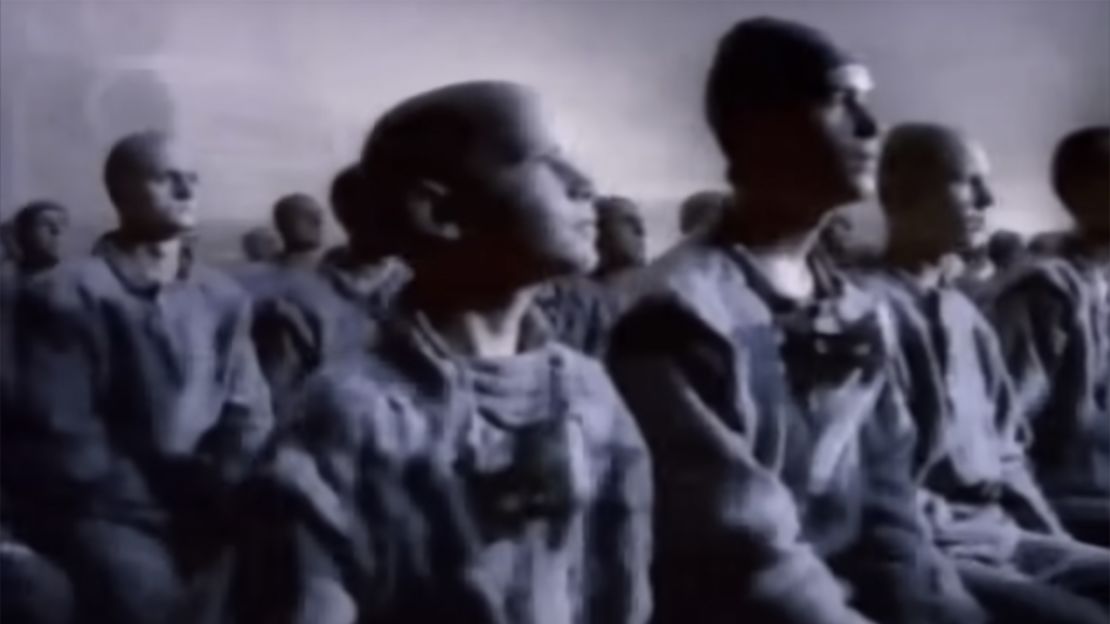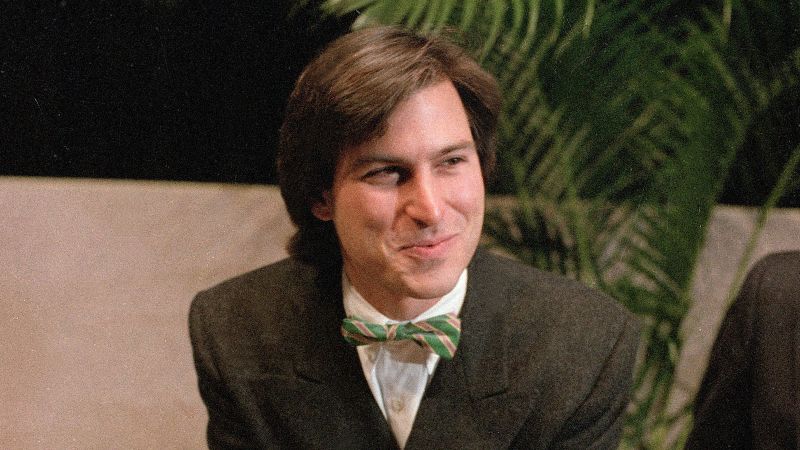The Super Bowl, the grandest stage for advertisements. Every year, the world’s top brands gather to unveil their most creative, attention-grabbing, and often provocative commercials. But, dear readers, there was one commercial that changed the game forever – Apple’s groundbreaking “1984” ad, which aired during Super Bowl XVIII on January 22, 1984.

A Game-Changer in Advertising

The Impact of “1984” on Super Bowl Commercials
How Apple’s Commercial Changed the Advertising Landscape
The Before and After Effect of “1984”
The Impact on Super Bowl Commercials
Apple’s “1984” commercial was a game-changer in advertising, and its impact can be seen in the way Super Bowl commercials are created today. The commercial was unlike anything that had been seen before, with its dystopian theme, cinematic production values, and memorable imagery. It set a new standard for what a Super Bowl commercial could be, and it raised the bar for future commercials.
According to David Stubley, sports marketing expert and author of Gamechangers and Rainmakers: How Sport Became Big Business, the commercial’s impact was immediate and profound. “They sold $150 million worth of computers in 100 days,” he says. “The whole ad industry just stopped in their tracks and went: ‘What just happened? How did that happen?'”

How Apple’s Commercial Changed the Advertising Landscape
Apple’s “1984” commercial changed the advertising landscape in several ways. Firstly, it showed that a commercial could be a work of art, rather than just a simple advertisement. It demonstrated that a commercial could be memorable, impactful, and even thought-provoking. It also showed that a commercial could be a major investment, with a budget of $900,000 to produce and air the commercial.
The commercial’s impact was felt beyond the advertising industry, too. It helped to establish Apple as a major player in the technology industry, and it cemented the company’s reputation for innovation and creativity. It also helped to establish the Macintosh computer as a major player in the market, and it played a key role in the computer’s success.

The Before and After Effect of “1984”
Before “1984”, Super Bowl commercials were often cheesy, personality-driven, or transactional. They were designed to sell a product or service, rather than to create an emotional connection with the viewer. After “1984”, commercials began to take a more cinematic approach, with a focus on storytelling and emotional resonance.
The commercial’s impact can be seen in the way that Super Bowl commercials are created today. They are often more sophisticated, more creative, and more memorable. They are designed to create an emotional connection with the viewer, rather than just to sell a product or service. And they often feature complex storytelling, memorable characters, and stunning visuals.
As David Stubley notes, “Advertising before that time was either cheesy, personality driven, or what I would describe as transactional – ‘Here it is, do you want it?’ What this ad did, it basically said: ‘Forget everything that’s happened in the past. And the only way to do that is to smash that hammer through that big screen’.”
The commercial’s impact can also be seen in the way that technology companies approach advertising. Apple’s “1984” commercial helped to establish the company as a major player in the technology industry, and it cemented its reputation for innovation and creativity. It also helped to establish the Macintosh computer as a major player in the market, and it played a key role in the computer’s success.
Today, technology companies are more likely to invest in complex, creative advertising campaigns that tell a story and create an emotional connection with the viewer. They are more likely to use memorable characters, stunning visuals, and complex storytelling to sell their products or services. And they are more likely to invest in advertising that is designed to create a lasting impression, rather than just to sell a product or service.

The Perfect Storm of Creativity
Ridley Scott’s Contribution to the Commercial
Ridley Scott’s contribution to the “1984” commercial was immense. As a director, he brought a level of sophistication and creativity to the commercial that was unmatched at the time. His experience in the advertising industry, combined with his work on films like “Alien” and “Blade Runner”, made him the perfect choice to direct the commercial.
Scott’s involvement in the commercial was key to its success. He brought a level of attention to detail and a passion for storytelling that was unmatched at the time. He worked closely with the advertising agency, Chiat/Day, to develop a concept that would resonate with viewers and sell the Macintosh computer.
The Power of Orwell’s Story and the 1980s Dystopian Vibe
The commercial’s use of Orwell’s story and the 1980s dystopian vibe was also a key factor in its success. The commercial’s dystopian theme and its use of Orwell’s story helped to create a sense of urgency and relevance that was unmatched at the time. It also helped to establish the Macintosh computer as a product that was ahead of its time.
The commercial’s use of Orwell’s story also helped to create a sense of nostalgia and familiarity that was unmatched at the time. The commercial’s use of the Big Brother character, for example, created a sense of recognition and familiarity that helped to make the commercial more memorable and impactful.
How Apple’s Message Resonated with Viewers
Apple’s message in the “1984” commercial resonated with viewers on a deep level. The commercial’s theme of rebellion and nonconformity spoke to a generation of young people who were looking for a way to express themselves and challenge the status quo.
The commercial’s use of the Big Brother character, for example, created a sense of fear and intimidation that helped to create a sense of urgency and relevance. The commercial’s use of the hammer, too, created a sense of power and empowerment that helped to make the commercial more memorable and impactful.
As David Stubley notes, “Everyone thought the world was going to come to an end in 1984, if you’d read George Orwell’s book. And so to have this take on that whole scariness and confront it in such a brilliant way, I think it really caught people’s imagination.”
Conclusion
In conclusion, Apple’s iconic “1984” Super Bowl commercial, directed by Ridley Scott, revolutionized the advertising landscape by redefining the role of the brand in popular culture. The commercial’s bold, dystopian vision of a totalitarian future, coupled with its striking visuals and memorable tagline (“On January 24th, Apple will introduce Macintosh”), marked a significant shift away from traditional advertising approaches. By using metaphor and symbolism to convey a powerful message, Apple transcended the boundaries of mere product promotion, speaking to the very essence of what it means to be human.
The “1984” commercial’s lasting impact extends far beyond its initial viewing audience. It has inspired generations of advertisers, filmmakers, and marketers to push the creative envelope, experimenting with innovative storytelling techniques and unconventional approaches. Moreover, the commercial’s cultural significance has been cemented through its continued relevance and influence on contemporary art, music, and film. As we look to the future, it’s clear that the “1984” commercial’s legacy will continue to shape the advertising landscape, driving creativity, innovation, and cultural relevance.

